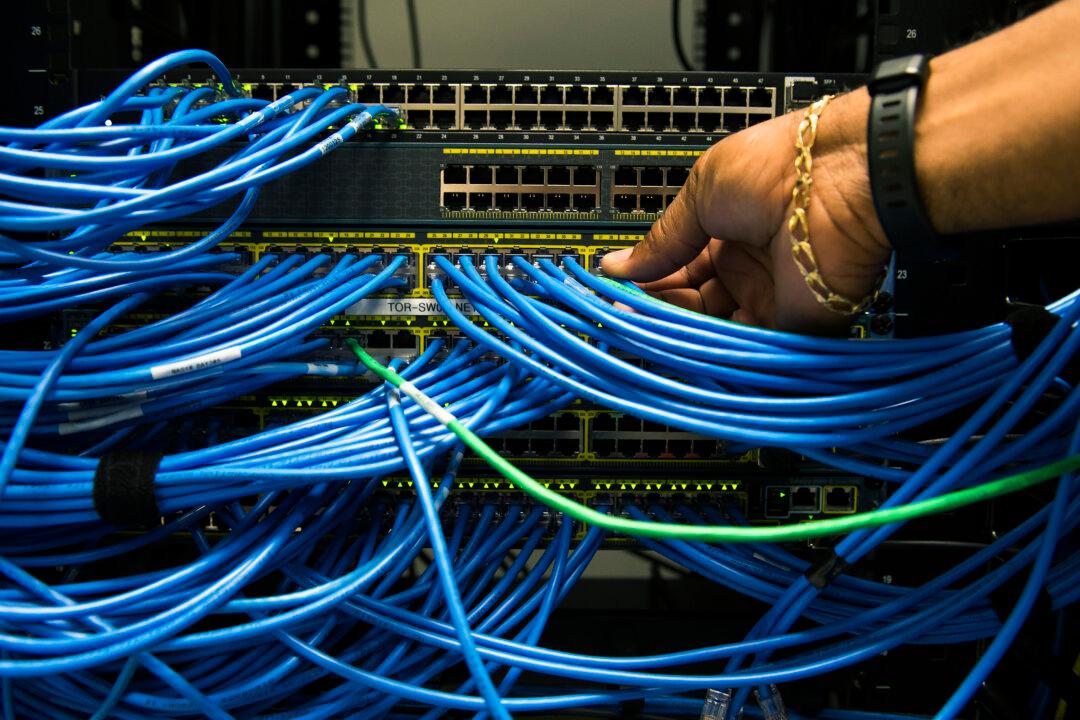There is still no official word on the cause of a major cyberattack on Newfoundland and Labrador’s health-care system, but authorities have been in touch with officials from Ireland, which was hit with a ransomware attack earlier this year.
Thomas Keenan, a professor at the University of Calgary who specializes in cyber security and high-tech crimes, said major cyberattacks have increased in frequency because they’ve become highly profitable.





